Glaucous Macaw – Facts
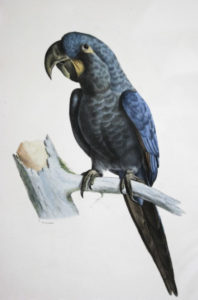 This species was last recorded in the 1960s and it is prone to have declined extremely as a result of catching and trading, in addition to natural surrounding of threat, debasement and decimation. Nonetheless, Glaucous Macaw it might well stay surviving, on the grounds that not the majority of its some time ago substantial reach has been satisfactorily studied, and there have been tenacious and persuading nearby reports. Any remaining populace is prone to be small, and thus it is dealt with as Critically Endangered.
This species was last recorded in the 1960s and it is prone to have declined extremely as a result of catching and trading, in addition to natural surrounding of threat, debasement and decimation. Nonetheless, Glaucous Macaw it might well stay surviving, on the grounds that not the majority of its some time ago substantial reach has been satisfactorily studied, and there have been tenacious and persuading nearby reports. Any remaining populace is prone to be small, and thus it is dealt with as Critically Endangered.
70 cm (27.5 in) long, for the most part pale turquoise-blue with an expansive grayish head. It has a long tail and a substantial bill. It has a yellow, uncovered eye-ring and half-moon-formed lappets circumscribing the mandible. Their life cycle isn’t recorded well, some say they lived 14 – 20 years, but as most larger parrots easily live 60+ years, there’s no reason that this Glaucous Macaw couldn’t live as long.
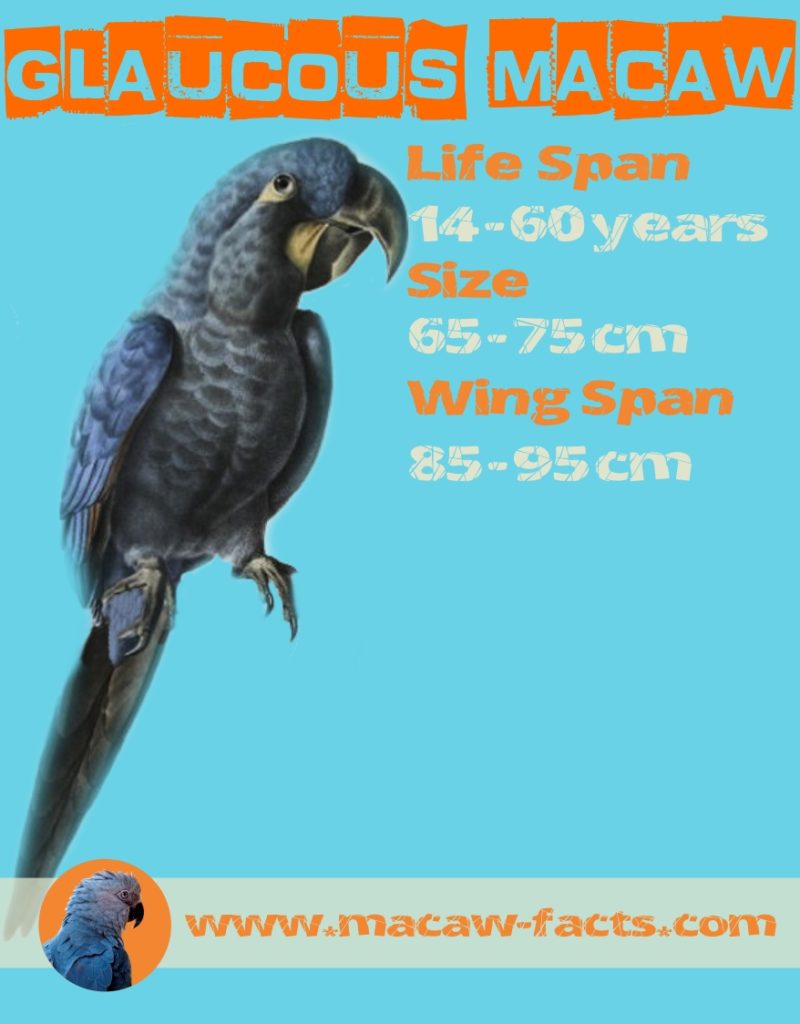
Read more about Anodorhynchus parrots!
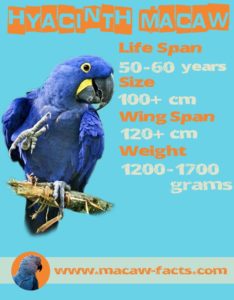 |
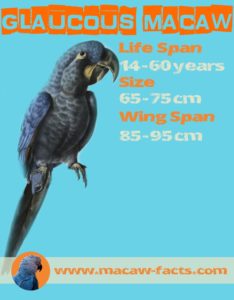 |
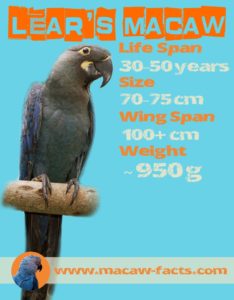 |
Dissemination/Range
The Glaucous Macaws just happened extremely limited inside their extent in southeastern South America,, where they were for the most part found in the center ranges of the significant streams.
They were found in the outskirt district of Brazil, northeastern Argentina and southeastern Paraguay and likely additionally in northern Uruguay (Artigas).
Most records of this uncommon parrot originated from Corrientes, Argentina, on the lower Paraguay and Parana Rivers (where a couple of examples with information were recorded).
Conceivable reasons for their decay/conceivable termination
The fundamental purpose behind their decay is accepted to be the far reaching loss of palm-forests, either through direct freedom for agribusiness or the concealment of recovery by nibbling cows.
Nonetheless, reasonable living space still stays in El Palmar National Park in the Argentine area of Entre Ríos, where some could have survived and, without a doubt, persevering bits of gossip about their presence still exist.
Other conceivable or contributing components for the decay of their numbers in nineteenth century are accepted to be the accompanying:
- Settlement of the real waterway bowls inside its reach
- In the course of the most recent century, their living space experienced radical changes because of area recovery.
- Chasing for their quills and tissue for nourishment
- Catching for different reasons, (for example, exchanging eggs, skins or live examples)
- Conceivable illness flare-up
- Predation
- Dangers was apparently joined by the boundless loss of palm-forests,